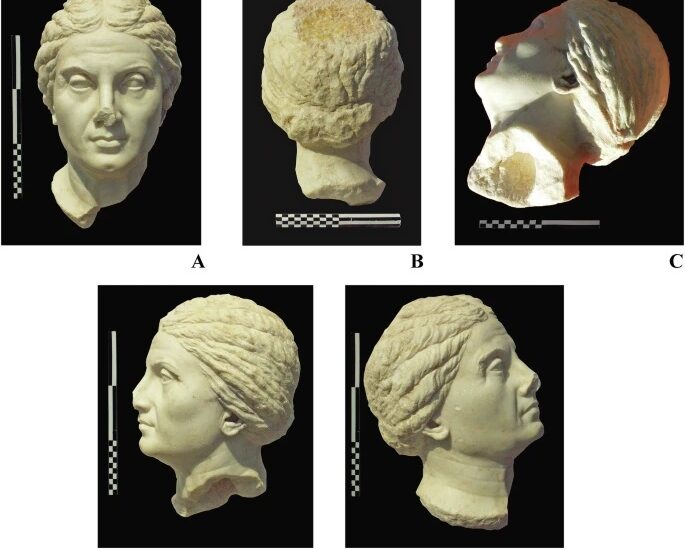
Scientists Identify the Woman Behind a 2,000-Year-Old Marble Head Found in Crimea
Researchers from Poland and Spain reveal that the ancient sculpture depicts a Roman lady named Laodike
A team of researchers from Poland and Spain has identified the subject of a marble female head discovered in Crimea in 2003 as Laodike, a Roman woman who lived in the early centuries CE.
According to the study, Laodike was the wife of Titus Flavius Parthenokles, a member of the city council and a prominent citizen of Chersonesos, an ancient Greek colony later integrated into the Roman world.
A Mystery Solved After 20 Years
The discovery was made by experts from Adam Mickiewicz University in Poznań, the Academy of Fine Arts in Warsaw, and the Autonomous University of Barcelona (UAB).
Through a combination of spectral–isotopic analysis, stylistic study, and material examination, the team confirmed the sculpture’s date, marble origin, and artistic context.
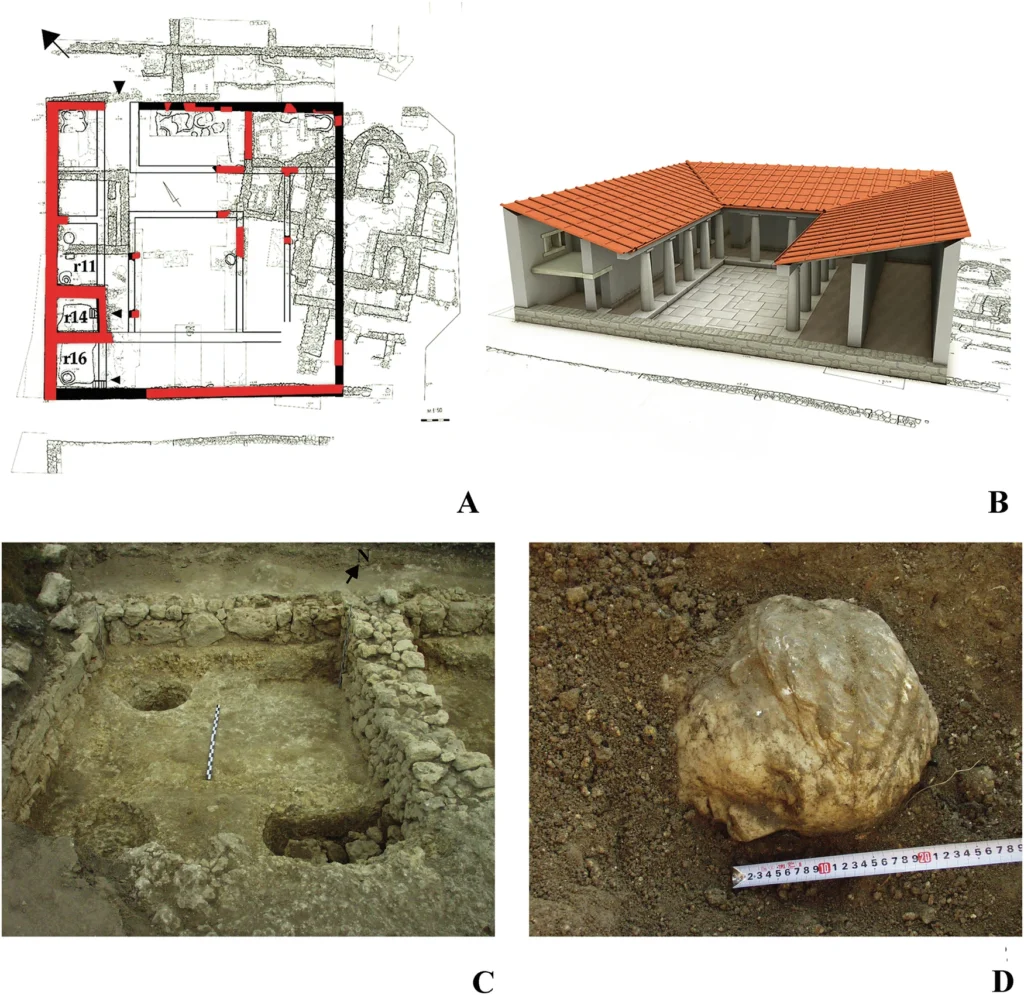
Lead researcher Prof. Elena Klenina noted that from the moment the sculpture was excavated, it was suspected to depict a woman of high status:
“Only a detailed, interdisciplinary investigation could confirm who she really was. This identification connects the artifact to an individual once active in the political and social life of Roman Crimea.”
The Power of Roman Women
Prof. Klenina emphasized that identifying Roman portraits, especially those found in distant provinces or beyond the Empire’s formal borders, is a major challenge.
“The integration of multiple scientific approaches allowed us not only to determine the marble’s origin and craftsmanship but also to associate the sculpture with a historical figure,” she said.
📣 Our WhatsApp channel is now LIVE! Stay up-to-date with the latest news and updates, just click here to follow us on WhatsApp and never miss a thing!!
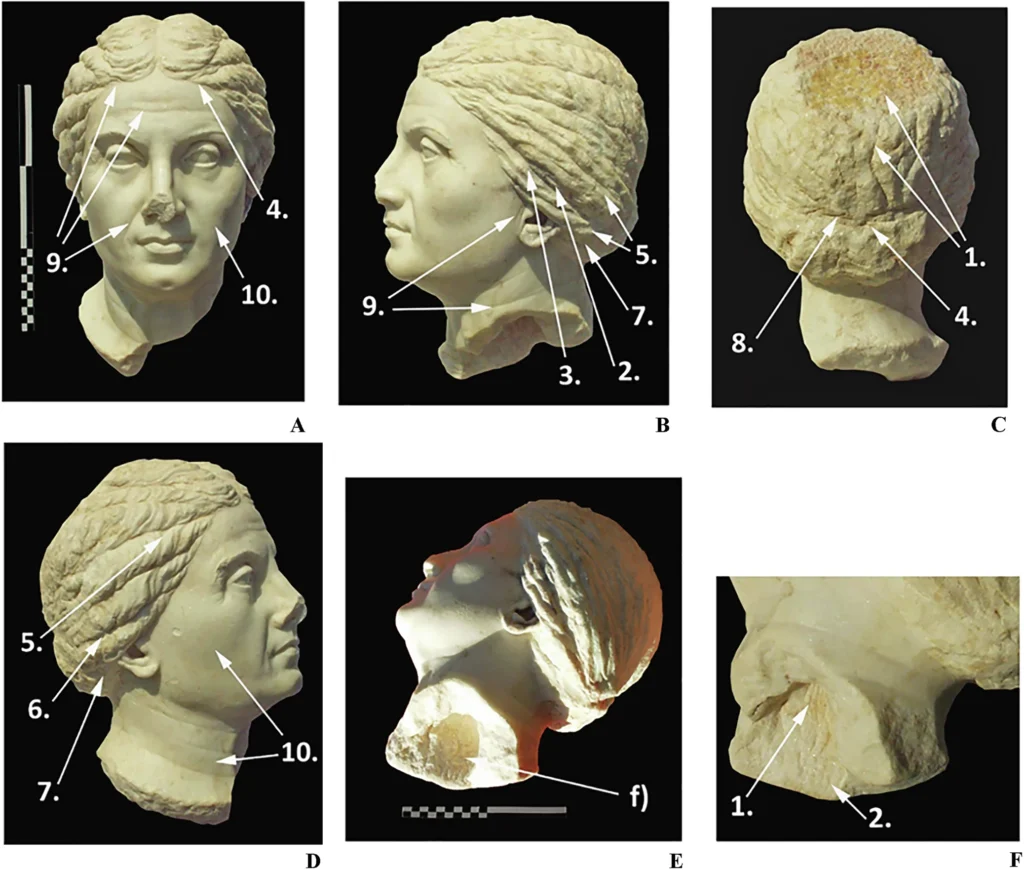
The team also underlined that women like Laodike played visible and influential roles in the social and political networks of the Roman world — even on its periphery.
Inside the Scientific Investigation
The researchers applied several advanced methods:
- Spectral–isotopic analysis to trace the marble’s geological source
- Traseological examination to study the sculptor’s technique
- C14 and material tests to analyze surface deposits
- Stylistic, historical, and epigraphic analysis to place the portrait in context
Their findings confirmed that the marble head represents a real Roman aristocratic woman, not an idealized deity or anonymous figure.
You can read the full article at this link.
Cover Image: Marble head identified as Laodike, discovered in Chersonesos, Crimea. Photo by A.B. Biernacki, featured in npj Heritage Science.
You may also like
- A 1700-year-old statue of Pan unearthed during the excavations at Polyeuktos in İstanbul
- The granary was found in the ancient city of Sebaste, founded by the first Roman emperor Augustus
- Donalar Kale Kapı Rock Tomb or Donalar Rock Tomb
- Theater emerges as works continue in ancient city of Perinthos
- Urartian King Argishti’s bronze shield revealed the name of an unknown country
- The religious center of Lycia, the ancient city of Letoon
- Who were the Luwians?
- A new study brings a fresh perspective on the Anatolian origin of the Indo-European languages
- Perhaps the oldest thermal treatment center in the world, which has been in continuous use for 2000 years -Basilica Therma Roman Bath or King’s Daughter-
- The largest synagogue of the ancient world, located in the ancient city of Sardis, is being restored

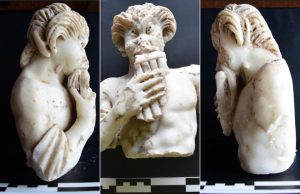
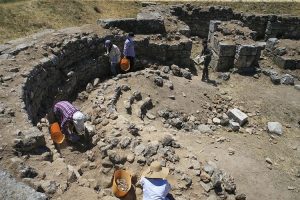
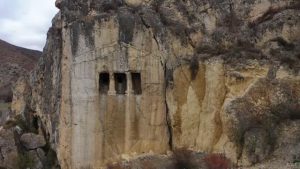
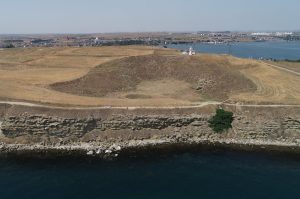
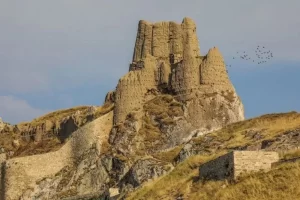
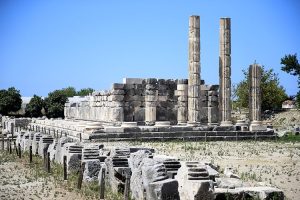


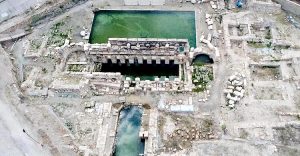
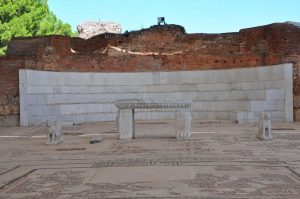
Leave a Reply